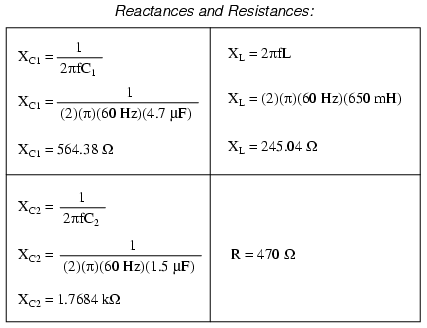Ø Since KCL is valid for phasors, we can analyze AC circuits by NODAL analysis.
Ø Determine the number of nodes within the network.
Ø Pick a reference node and label each remaining node with a subscripted value of voltage: V1, V2 and so on.
Ø Apply Kirchhoff’s current law at each node except the reference. Assume that all unknown currents leave the node for each application of Kirhhoff’s current law.
Ø Solve the resulting equations for the nodal voltages.
Ø For dependent current sources: Treat each dependent current source like an independent source when Kirchhoff’s current law is applied to each defined node. However, once the equations are established, substitute the equation for the controlling quantity to ensure that the unknowns are limited solely to the chosen nodal voltages.
ØPractice Problem 10.1: Find v1 and v2 using nodal analysis



Mesh Analysis
Please do prefer from this following links.
file:///Z:/downloads/Part2%20AC%20Circuit%20analysis%20examples.pdf]
http://home.chuhai.hk/~wllo/BSC/CSC23/CSC23Ch6.pdf





 can be represented as
can be represented as



